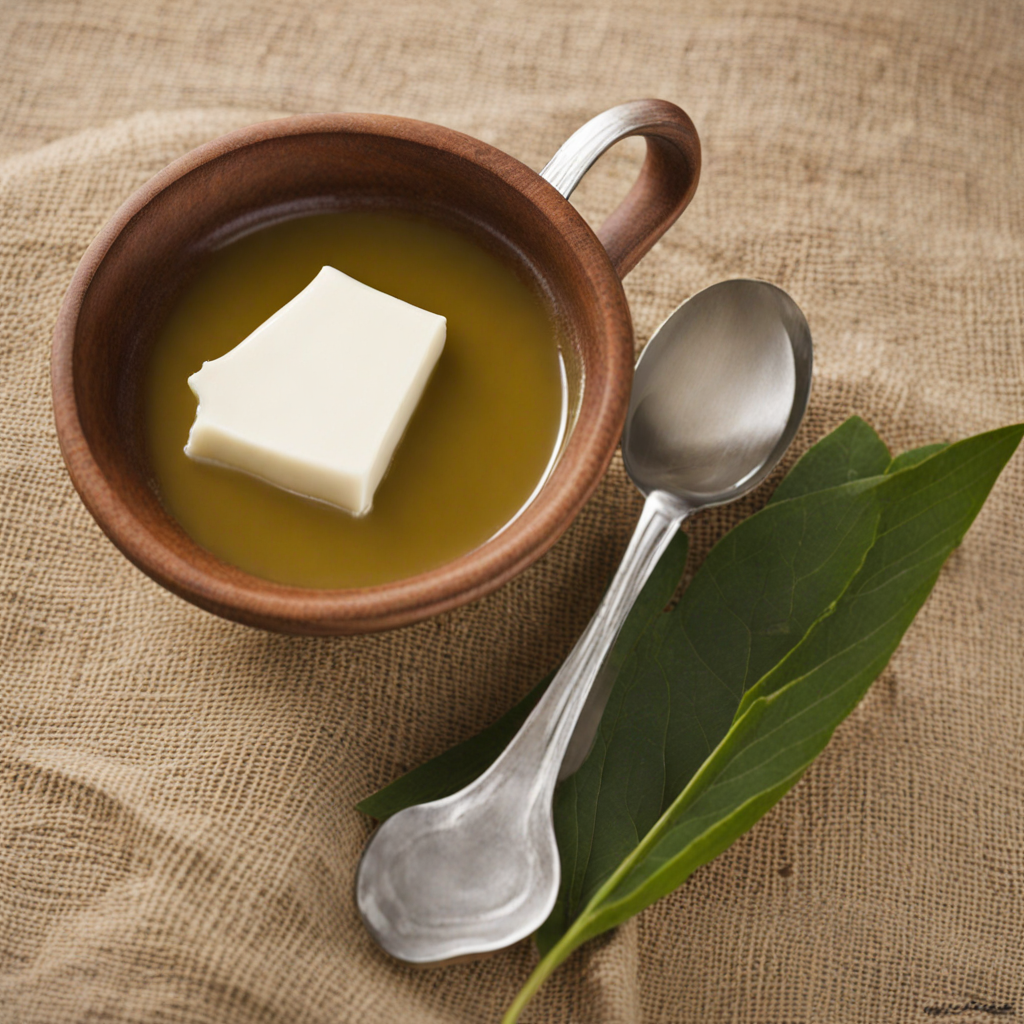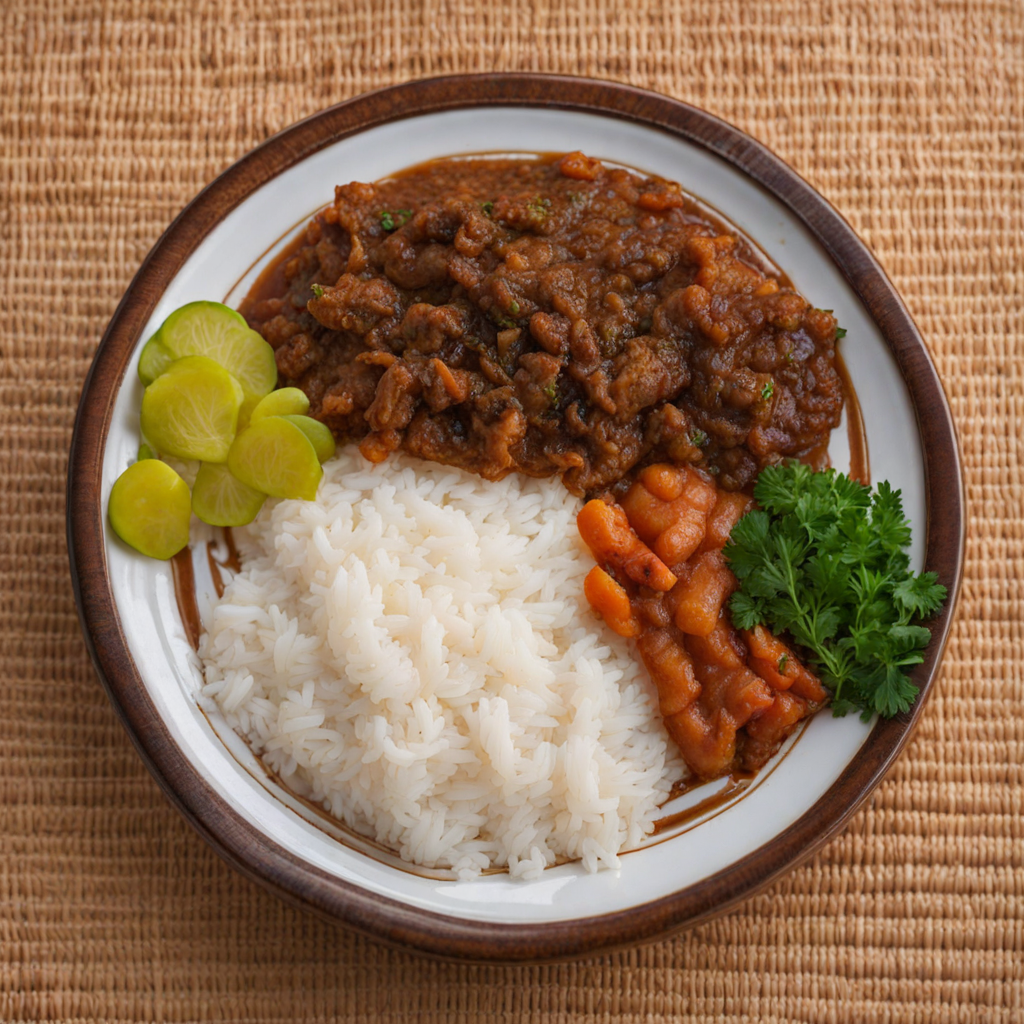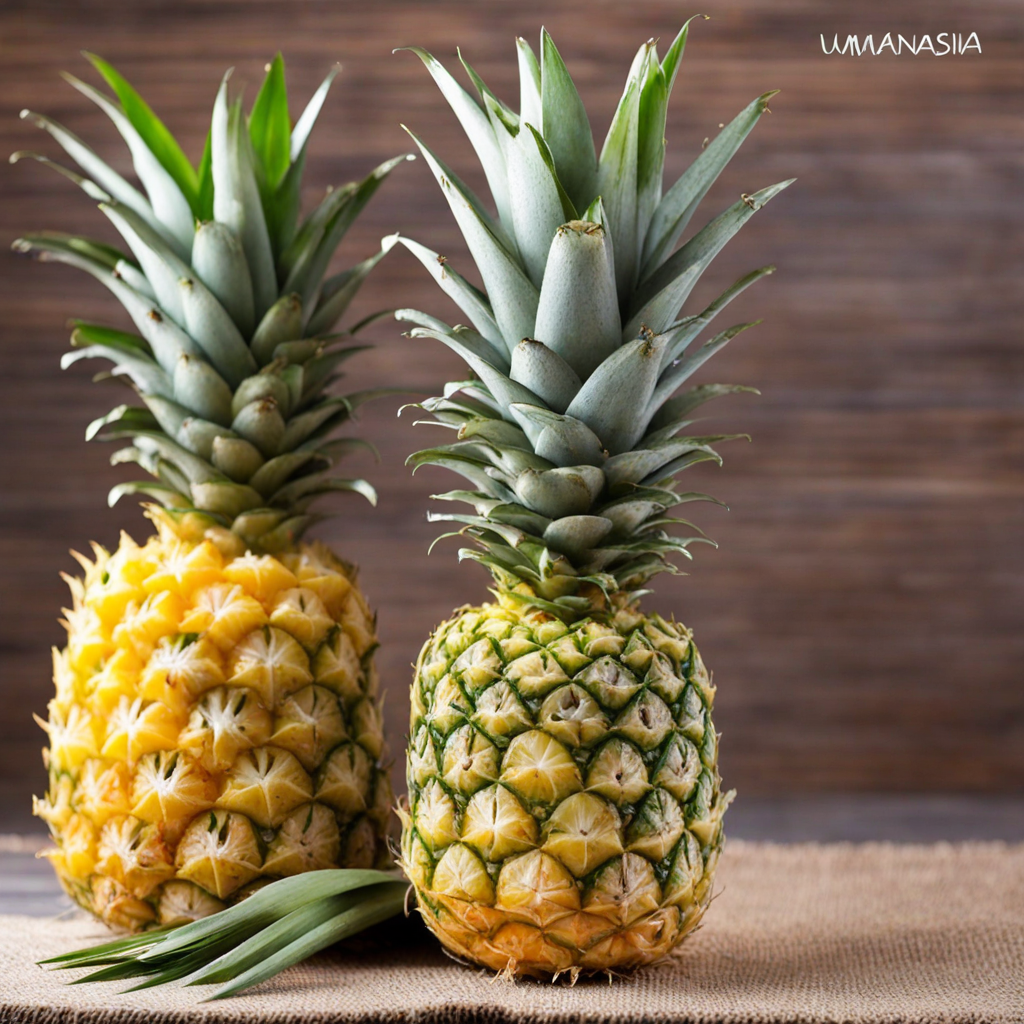Amata
Amata is a traditional Rwandan dish that captures the essence of the country's rich agricultural heritage. This delightful beverage is essentially fermented milk, commonly made from cow's milk, which is a staple in Rwandan households. The process of fermentation gives Amata a tangy flavor profile, reminiscent of yogurt but with a unique twist. The creamy texture and slightly sour notes make it a refreshing drink, often enjoyed chilled, providing a perfect accompaniment to various meals or as a standalone snack. The preparation of Amata involves a careful balance of traditional techniques and local ingredients. After milking, the milk is allowed to ferment naturally, sometimes for several days, which not only enhances its flavor but also increases its nutritional value. The result is a drink rich in probiotics and essential nutrients, making it a wholesome choice for those seeking both taste and health benefits. In Rwandan culture, Amata is not just a beverage; it symbolizes hospitality and community, often shared among friends and family during gatherings and celebrations. In addition to its standalone enjoyment, Amata can be used as a versatile ingredient in various dishes. It can be drizzled over porridge, mixed into stews, or even used in baking, lending a subtle tang and creaminess to the final product. For those adventurous in the kitchen, adding local spices or fruits can elevate the flavor further, showcasing the beautiful diversity of Rwandan cuisine. Discovering Amata is not just about tasting a new food; it's about experiencing a piece of Rwandan culture, where every sip tells a story of tradition and community.
How It Became This Dish
Amata: A Culinary Journey Through Rwandan Heritage Rwanda, often referred to as the "Land of a Thousand Hills," is not just known for its breathtaking landscapes and rich biodiversity; it is also home to a vibrant culinary heritage that reflects its history, culture, and the resilience of its people. Among the myriad of traditional dishes that grace Rwandan tables, "Amata," which translates to "milk" in Kinyarwanda, holds a special place both in the diet and culture of the Rwandan people. Origins of Amata The origin of Amata can be traced back to the agrarian societies that populated the region long before the onset of colonial rule. Cattle farming has been a cornerstone of Rwandan life, where the rearing of cattle is not just an economic activity but a deep-seated cultural practice. The Tutsi, one of the main ethnic groups in Rwanda, were traditionally nomadic pastoralists, valuing cattle as a symbol of wealth, status, and sustenance. Milk, therefore, became a staple, representing nourishment and community. In Rwandan culture, milk is more than just a food item; it is a symbol of hospitality and generosity. Offering milk to guests is a sign of respect and welcome. Traditionally, the milk was consumed fresh, but various methods of preparation and preservation led to the development of diverse dairy products, making Amata a versatile component of Rwandan cuisine. Cultural Significance of Amata The significance of Amata in Rwandan society cannot be overstated. It plays a vital role in various cultural rituals and social gatherings. During weddings, funerals, and other communal events, milk is often the centerpiece of the feast, echoing the values of sharing and community. It is not uncommon for families to come together to share a meal centered around milk-based dishes, reinforcing social bonds. Moreover, milk's role in Rwandan culture intersects with various beliefs and customs. In traditional Rwandan society, the act of sharing milk is often accompanied by specific rituals that honor ancestors and the spirits of the land. For example, during certain ceremonies, a portion of the milk is poured on the ground as an offering to the ancestors, signifying gratitude and respect. Additionally, Amata has found its way into the spiritual realm. In some beliefs, milk is considered a purifying substance, used in rituals to cleanse individuals or spaces. This highlights the deep-rooted connection between food and spirituality in Rwandan culture. Development Over Time As Rwanda underwent significant social and political changes throughout the 20th century, the role of Amata evolved alongside it. The colonial period brought about shifts in agricultural practices and the introduction of new dairy farming techniques. The Belgian colonial administration, which ruled Rwanda from 1916 until Rwanda’s independence in 1962, promoted the development of modern dairy farming, which eventually led to an increase in the production and consumption of milk. Post-independence, Rwanda faced numerous challenges, including the devastating genocide in 1994, which disrupted traditional practices and the very fabric of society. In the aftermath, the country embarked on a journey of recovery and rebuilding, focusing on food security and nutrition. The government recognized the importance of dairy farming not only for economic recovery but also for improving nutrition among its people. As a result, initiatives were implemented to promote the consumption of milk and dairy products, including Amata, as a means of enhancing public health. In contemporary Rwanda, Amata has transcended its traditional roots and has been integrated into modern gastronomy. Urbanization and globalization have introduced new culinary influences, leading to innovative ways of incorporating milk into various dishes. Today, Amata can be found in both rural homes and urban restaurants, often served in traditional forms or as part of contemporary recipes. Modern Variations and Consumption In its traditional form, Amata is typically consumed fresh, either plain or flavored with ingredients like honey or spices. However, various adaptations have emerged over time. For instance, Amata can be used as a base for soups and stews, contributing a creamy texture and rich flavor. It is also present in desserts, such as the popular Rwandan sweet porridge known as "Ubugari," which combines milk with fermented cassava or maize. Moreover, the global trend towards healthy eating has sparked a renewed interest in dairy products. Rwandans are increasingly embracing lactose-free options and yogurt, which have become staples in urban diets. This shift reflects broader changes in dietary preferences and the desire for nutritional diversity. The Future of Amata As Rwanda continues to develop, the future of Amata appears bright. The government and various organizations are actively promoting dairy farming as a means to improve livelihoods, stimulate the economy, and ensure food security. With a growing emphasis on sustainable agricultural practices, the dairy sector is poised for further innovation, which may lead to new products and methods that preserve the essence of traditional Amata while catering to modern tastes. Furthermore, the global interest in indigenous cuisines presents an opportunity for Rwandan food, including Amata, to gain recognition on the international stage. Culinary tourism has begun to flourish in Rwanda, with visitors eager to experience authentic local dishes. This could lead to a revitalization of traditional recipes and the promotion of Rwandan dairy products globally. Conclusion Amata is more than just milk; it is a reflection of Rwanda's rich cultural tapestry and an integral part of its culinary heritage. From its origins as a staple of pastoralist life to its place in contemporary cuisine, Amata embodies the resilience and adaptability of the Rwandan people. As the country forges ahead, the legacy of Amata will undoubtedly continue to thrive, serving as a bridge between tradition and modernity, community and individuality, and nourishing both body and spirit. In every sip of Amata, one can taste the history and hope of Rwanda, woven together through generations.
You may like
Discover local flavors from Rwanda







